Written by Melissa Coley
This article discusses infant loss and may trigger some readers.
My name is Melissa, and at 22, I became a cyborg. Alright, not exactly, but I had a dual VP shunt implanted into my skull after my IIH diagnosis, and jokes have been made that it is fairly similar.
After many misdiagnoses (like chronic migraines) and many curt dismissals by doctors who thought I was crazy when I discussed my symptoms, such as headaches, vision loss, and neck and shoulder pain, they diagnosed me with Idiopathic Intracranial Hypertension (IIH).
Idiopathic Intracranial Hypertension used to be called Pseudotumor Cerebri or “false brain tumor” because the symptoms are so similar. They conducted brain imaging since my IIH symptoms mimic those of a brain tumor. Since I did not have a tumor, they could confirm that I had Idiopathic Intracranial Hypertension.
Idiopathic intracranial hypertension (IIH) is increased pressure around your brain. It occurs when cerebrospinal fluid (CSF), the liquid that cushions your brain and spinal cord, builds up in your skull. Pressure builds up in your brain and on your optic nerve, the nerve at the back of your eye that helps you see.
Finally, a Correct IIH Diagnosis
In true traumatized millennial fashion, I tried my damndest to ignore the problem once I knew how serious it was. The problem was much bigger than severe headaches and pulsatile tinnitus. I took the medicine, but it didn’t help relieve my intracranial hypertension symptoms.
The first lumbar puncture to relieve the high pressure was a terrifying experience. The pressure was so high the cerebrospinal fluid blew the top off of the spinal tap collection tube. Little did I know I would have many of these.
I remember my dear coworker and friend Kayla and her family taking care of me while I slowly died. There were many trips to the ER where I would receive another lumbar puncture to relieve the increased intracranial pressure.
Eventually, my big sister came and scooped me up from Billings, Montana, and took me to Salt Lake City, where we started the long journey of the second darkest period of my young life.
Idiopathic Intracranial Hypertension Treatment Options
After a morbidly amusing road trip, we made it to the hospital to tackle getting my idiopathic intracranial hypertension treated. Once I arrived, I learned that I would inevitably need several surgical procedures and end up with a shunt in my head. Definitive treatment includes optic nerve sheath fenestration, shunting, and venous sinus stenting. One of the other treatment options they recommended was a gastric sleeve to speed up my ability to lose weight.
The first surgery I ever experienced in my 22 years was called a bilateral optic nerve sheath fenestration. They went behind my eyeballs and cut open the sac that the optic nerve sits in to release the cerebrospinal fluid to try to save my eyes.
I was going blind, and my optic nerves were being squished by the cerebrospinal fluid along with my brain. This surgery was supposed to fix it or, at the very least, help avoid permanent vision loss. Relieving the intracranial pressure was their top priority.
I have to be honest. As nerve-wracking and downright scary as this all was, I don’t remember ever feeling scared (paid link).
Dealing With Pseudotumor Cerebri While Coping With Grief
The truth is, I didn’t care if I died. Being so close on the heels of the death of my daughter, I barely understood why I was even trying to get better in the first place.
I agreed to the eye surgery because I wasn’t sure how much longer Idiopathic Intracranial Hypertension would take to kill me, and I definitely didn’t want to spend my last months blind if I could avoid it.
I initially turned down other treatments, including the shunt surgery. The idea of them cutting open my head was frightening. I didn’t want to experience that. I also didn’t really want to live.
It was far less scary to think about the pain I was in at that moment, being what I felt for the rest of however long it took for the pressure to squish my brain and cause an aneurysm.
So, my sister drove me back to her house in Wyoming. There was no way I could live alone at this point. I don’t remember too many details of the recovery time from the eye surgery.
However, I remember being absolutely miserable. I remember being numb and yet in so much physical pain. I remember that I hated everything a little more every day I opened my eyes. And then one day, I decided this was dumb and made my sister drive me back to Utah.
The Process of Lowering the High-Pressure
They admitted me and put a lumbar drain in my back. Before I could get the shunt, they had to empty the excess fluid (CSF drainage) from me. I was in the Neuro ICU.
The nurses were so fun, mostly because I was the only patient not comatose. A bright spot in this mostly dark memory. They eventually put me under anesthesia for the second time in my life, and they placed the VP shunt.
This surgery would lead to many things, both good and bad. It restored my eyesight, including my peripheral vision, and the ability to move my head freely upon my shoulders.
However, I ended up with an opiate problem from the massive amounts of painkillers they give you after they cut open your eyeballs and your scalp and drill holes into your skull. But I believe I was actually burying the pain of grief since losing my daughter just a year earlier. Not even a whole year. From her death to the time I had surgery was only 9 months.
Many things compounded the depression I felt. Losing my daughter and having surgery were some of the biggest. But there were also the after-effects of surgery. They had to shave my head, and I had giant metal staples that went from ear to ear across the top of my head, a titanium crown.
My young nephew thought I was Frankenstein, and I didn’t want to leave the house. My sister would drag me out in wide-cloth headbands and scarves.
Looking back now at that poor girl I used to be, it’s no wonder life took the turns it did.
Life After My IIH Diagnosis
As someone who grew up with poor role models and was feeling physically and emotionally more vulnerable than I had ever experienced before, I jumped headfirst into a new relationship. He ends up becoming my husband and the father of our adopted children.
That’s right after suffering the death of my child and then eye and brain surgery; I recovered. Then moved back to Montana to join my sister and brother-in-law, who moved there from Wyoming shortly after I moved in with my boyfriend in Casper.
Once settling in Billings, my boyfriend and I became foster parents. We would embark on that journey because of our first foster son, who eventually became our first adopted child. We fostered several kids and ended up adopting or having permanent guardianship of 8 of them.
Today, as I sat with my youngest tiny human while munching on day-old pizza and watching Ms. Rachel sing about waving and clapping, I acknowledged that she feels different in my heart.
I believe it’s because she is healing a hole left by her biggest sister. Caira died when she was 5 days old. This was long before Ariez would exist and join our family.
Maybe part of me wants to desperately believe that a part of her essence is that of Caira. I used to always imagine that peanut as a toddler and what she would be like.
Healing From Loss and My IIH Journey
Ariez is all of it and more. She’s my goose. Stubborn, determined, wild, free, and unafraid to explore the world around her and figure out how it works. She’s brilliant.
Watching her problem-solve is my favorite thing! Even though it’s usually her solving problems, I wish she wouldn’t like climbing over baby gates and up on top of toys to flick the light switch on and off 400 times.
Ariez doesn’t see obstacles. She sees opportunities and has no idea at 2 years old how much I admire her resilience. She is charming, sweet, beautiful, smart, energetic, funny, and I absolutely adore that small human.
She is everything I imagined sweet Caira would be.
My IIH Diagnosis is Only A Part of My Life’s Journey
I recently heard a story about spirit guides and how we all have 3 that stay with us for eternity, moving through each life experience with us, guiding us. Our essence never dies, and we get to keep experiencing this human world.
There was a period when I believed there was nothingness when we died. Not because I truly believed it, mind you, but because everything was pointless. There was no way this life was planned. We were just random organisms that were going to decompose when we died and feed the earth, and that was the end.
But what if that is not the case? What if we get to live and breathe and do it all over again and again? This is just a chapter in our book of existence because existence is so much more than just being alive in our mortal bodies.
Sweet Caira Rae, I hope you have found me again, but even if you haven’t, thank you for preparing this version of me for the path we chose. You fought so hard after you were born. You were the first person I ever loved completely, and I had to learn how to exist here after you were gone. I thank you often, sweet girl, for opening the door to your brothers and sisters.
One day, I think our souls will meet again and I will thank you one final time before we embark again on another journey of humanness.
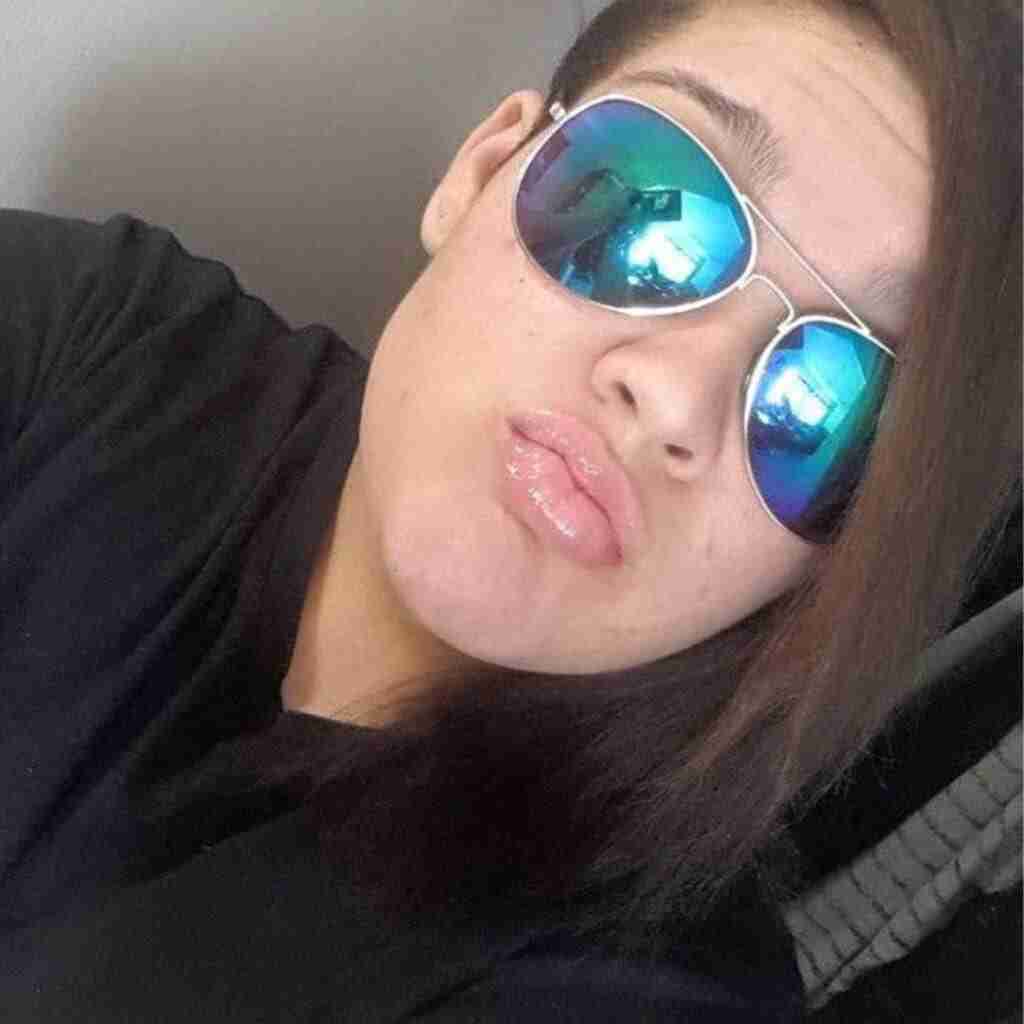

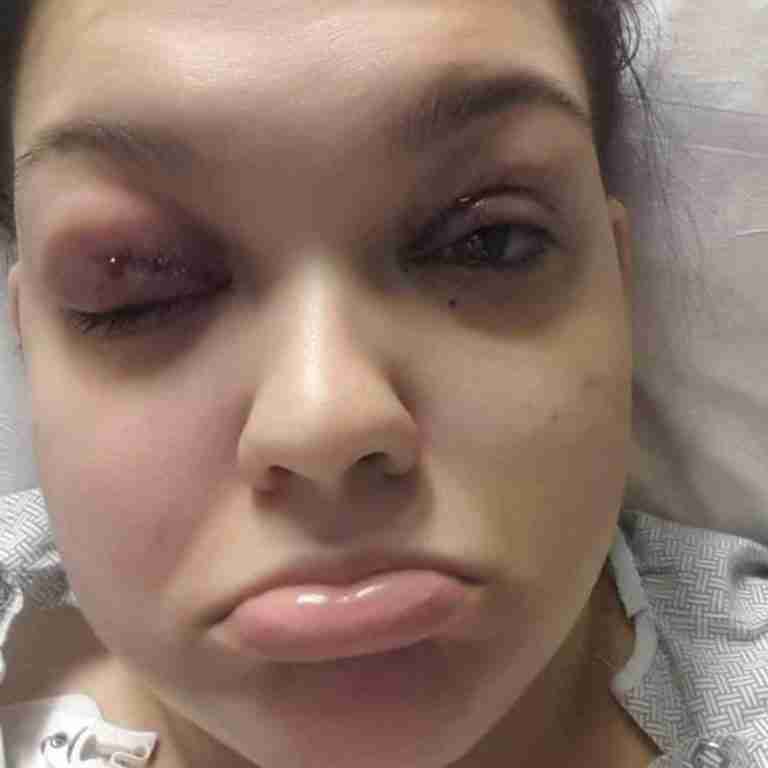

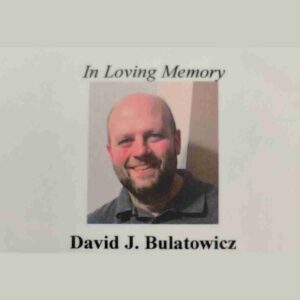


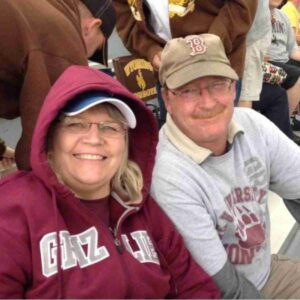
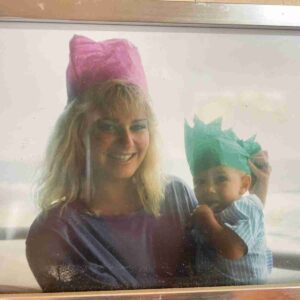



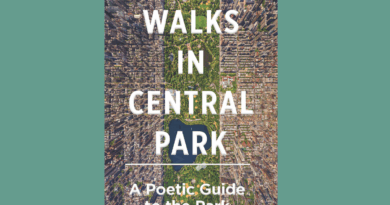
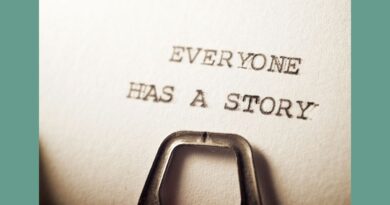










Wow, what a heart-wrenching story that turned into such a beautiful journey. Thank you so much for sharing!
Hello Meghan, thank you for sharing your heartfelt journey with me, it gives me hope. You are an incredible young lady and mum, blessed eight times over.
I am 59yo and live in the UK.
I was diagnosed with a Meninginoma shenoid wing tumour 17 year’s ago, which is on the optic nerve (and recently diagnosed with one) in another area of the brain.
Throughout the duration of the Meninginoma I have suffered with extreme head pain, throbbing, blinding and debilitating pain, my skull has bulged into a bump where there is immense pressure, my hair has begun fall out over the past year. I have spoken to many doctors and neurologists about this pain and discomfort they have continually shut me down and said, “There is no pain associated with your type of tumour.” This has left me feeling so frustrated, especially mentally, emotionally and physically. Over the years I have internalised much of the frustration and used drugs for a period of that time to help cope with my feeling’s, not any longer. You feel as though you’re going mad, because they cannot see or feel your physical pain, despite literally sitting in front of a panel of Doctor’s whilst experiencing a flare up of pain, where you can barely whisper or walk.. then dismissed. These people are supposed to be professionals and yet they are unable to see the symptoms in a person?
Anyway around 6 weeks ago I had a prolonged dizzy spell for around 20-25 minutes whilst sat down, I was quite scared and googled what may be causing them, as I scrolled to the bottom of page up popped IIH, I had never heard of this before that it this existed. As I read, I was gasping out loud,no, no, no! Most of symptoms were exactly what I have been experiencing from the very beginning, I was in shock. 🤯 I called my GP and made an appointment to see him the following day and shared my findings, he listened and tested my blood pressure before I left he said he would refer me to a specialist. I went for blood tests the same week. The following week I returned to see him and he said that I was lacking in Folic acid and something else with no mention of the specialist, so I reminded him of it and his reply floored me… I’m sure the neurologists know their job! I felt so defeated and deflated. So I contacted
my neurologist the day after, who has granted me with a telephone appointment with a Doctor that works under him. I only hope and pray that God helps me find the words to articulate what it is I’m going through in order for him to take note and want to investigate further. 🙏🏽
I’m so glad you lived through your harrowing ordeals so that you could both be here for Ariez and for the rest of us.